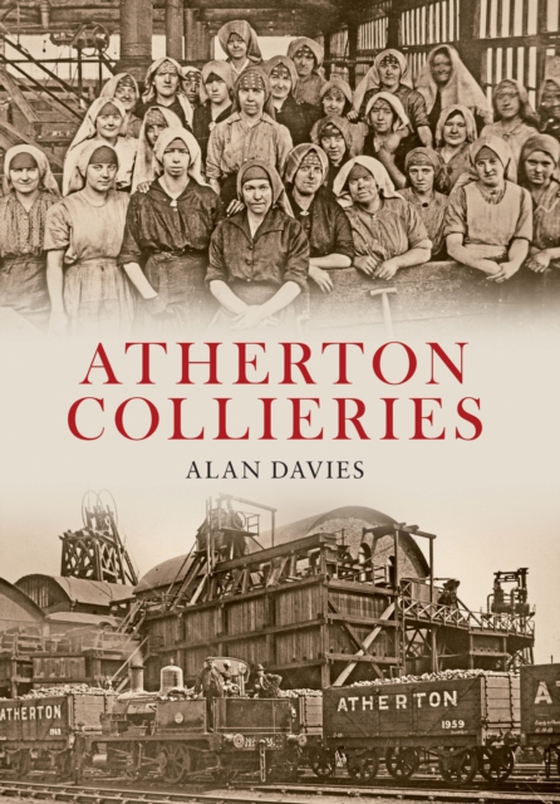
Atherton Collieries e-bog
101,06 DKK
(inkl. moms 126,32 DKK)
The first deep shafts sunk at Atherton were by John Fletcher. The family firm of Fletcher, Burrows & Co. sank numerous shafts in the vicinity of the village of Atherton including Gibfield, Howe Bridge and Hindsford. Nationalized in 1947, the collieries were operated by the National Coal Board until the closure of Chanters Colliery in 1966. Howe Bridge was the largest and longest-operated of the...
E-bog
101,06 DKK
Forlag
Amberley Publishing
Udgivet
15 november 2009
Længde
128 sider
Genrer
1DDU-GB-ENL
Sprog
English
Format
epub
Beskyttelse
LCP
ISBN
9781445623221
The first deep shafts sunk at Atherton were by John Fletcher. The family firm of Fletcher, Burrows & Co. sank numerous shafts in the vicinity of the village of Atherton including Gibfield, Howe Bridge and Hindsford. Nationalized in 1947, the collieries were operated by the National Coal Board until the closure of Chanters Colliery in 1966. Howe Bridge was the largest and longest-operated of the local pits and lasted for 109 years, from 1850-1959. Gibfield has a notable claim to fame in that it contained the very first miners' pithead baths but it was the disaster at Pretoria Colliery that made the small coalfield infamous. Four days before Christmas, in 1910, 344 men and boys lost their lives due to a gas explosion underground. There were but three survivors of the disaster. Alan Davies, a local mining expert, and author of The Wigan Coalfield, tells the story in words and pictures of the Atherton collieries.
 Dansk
Dansk

